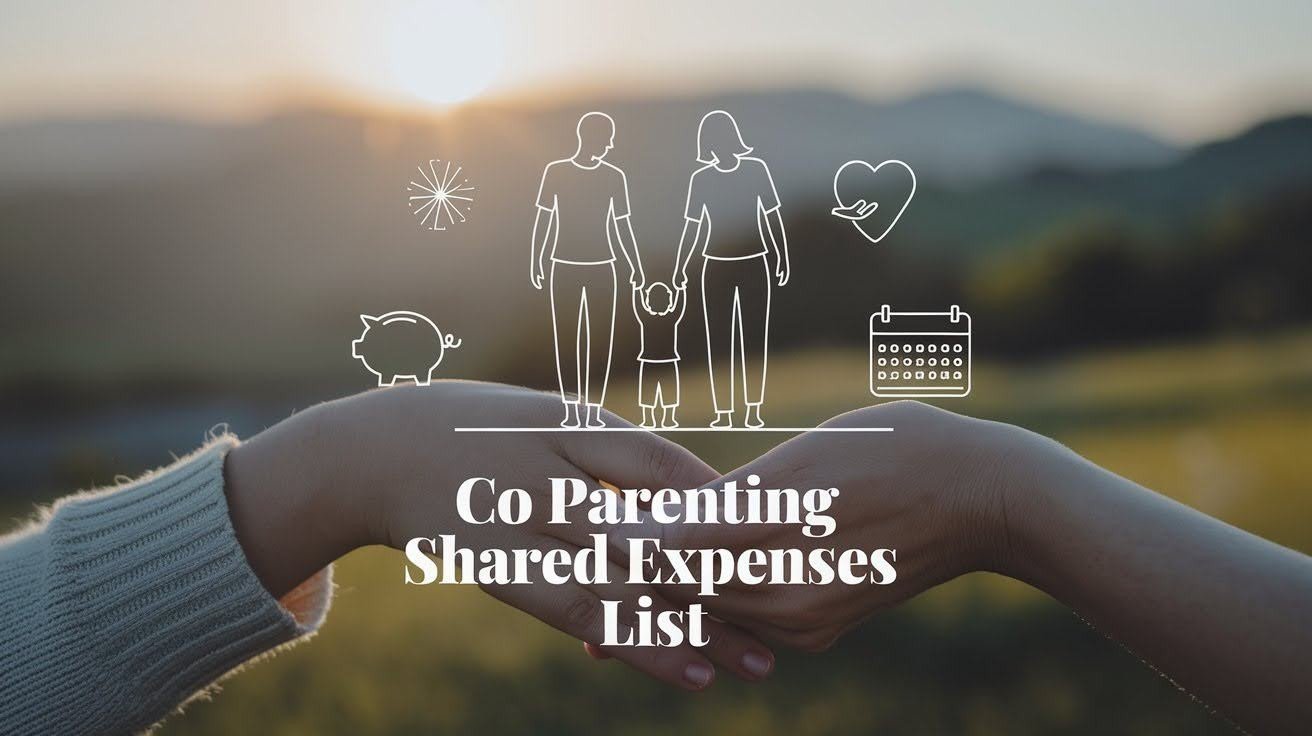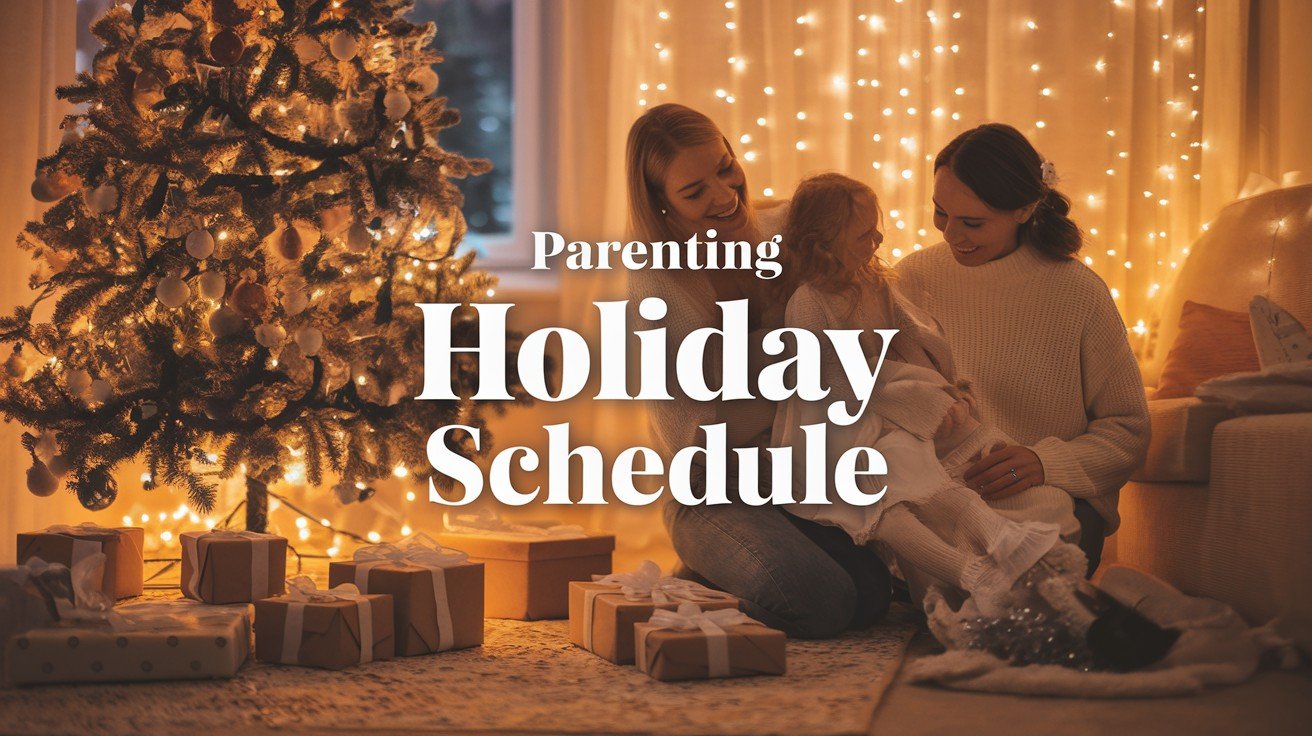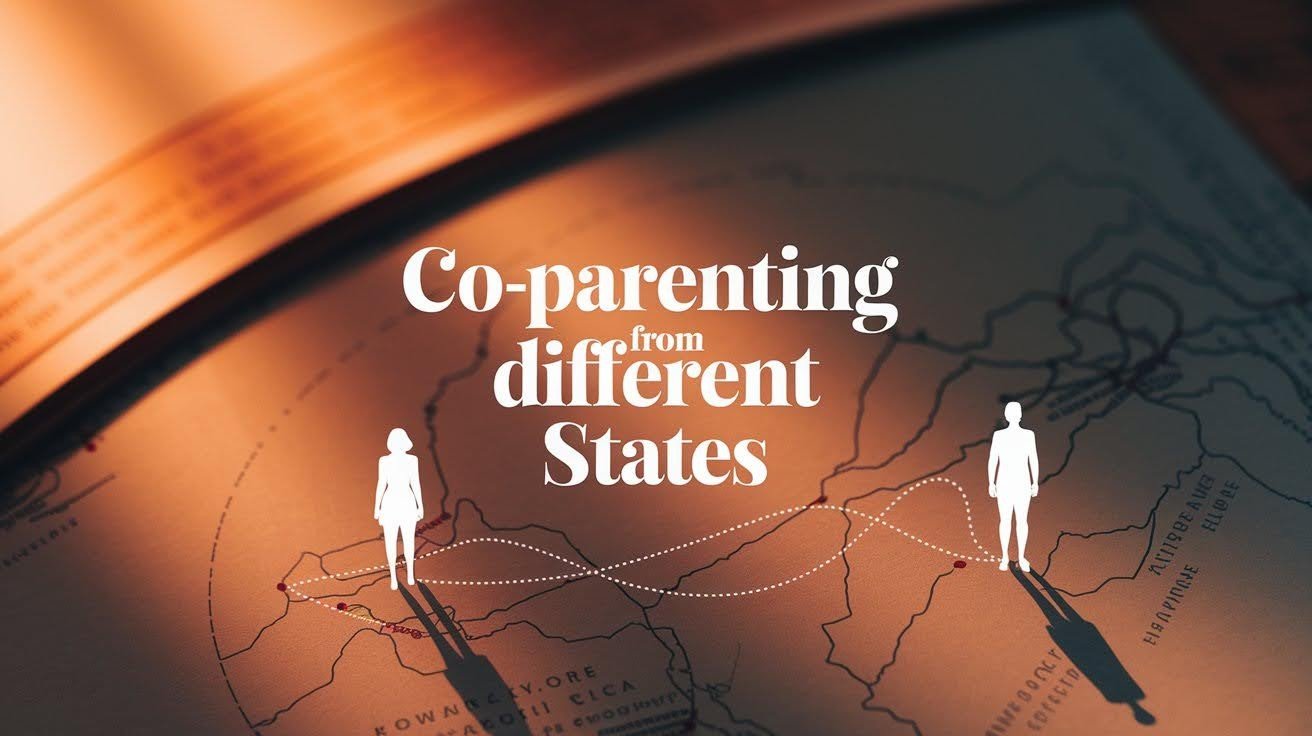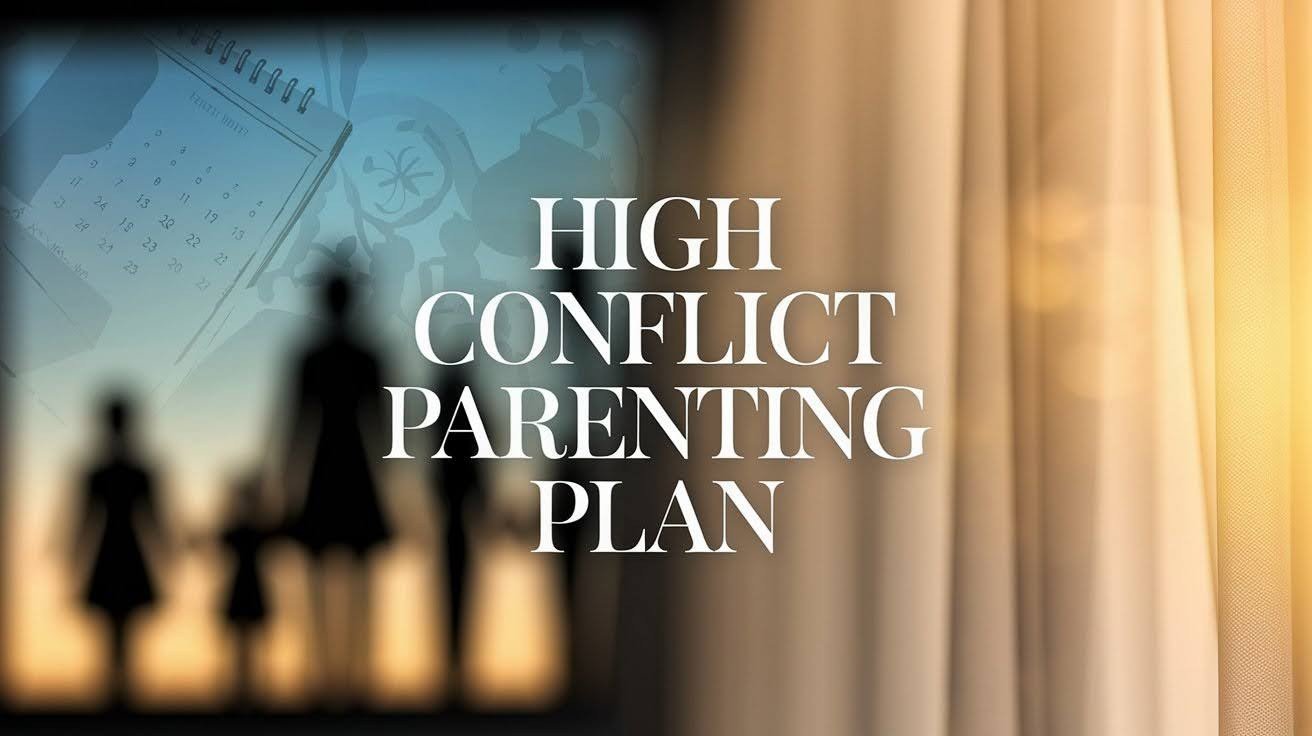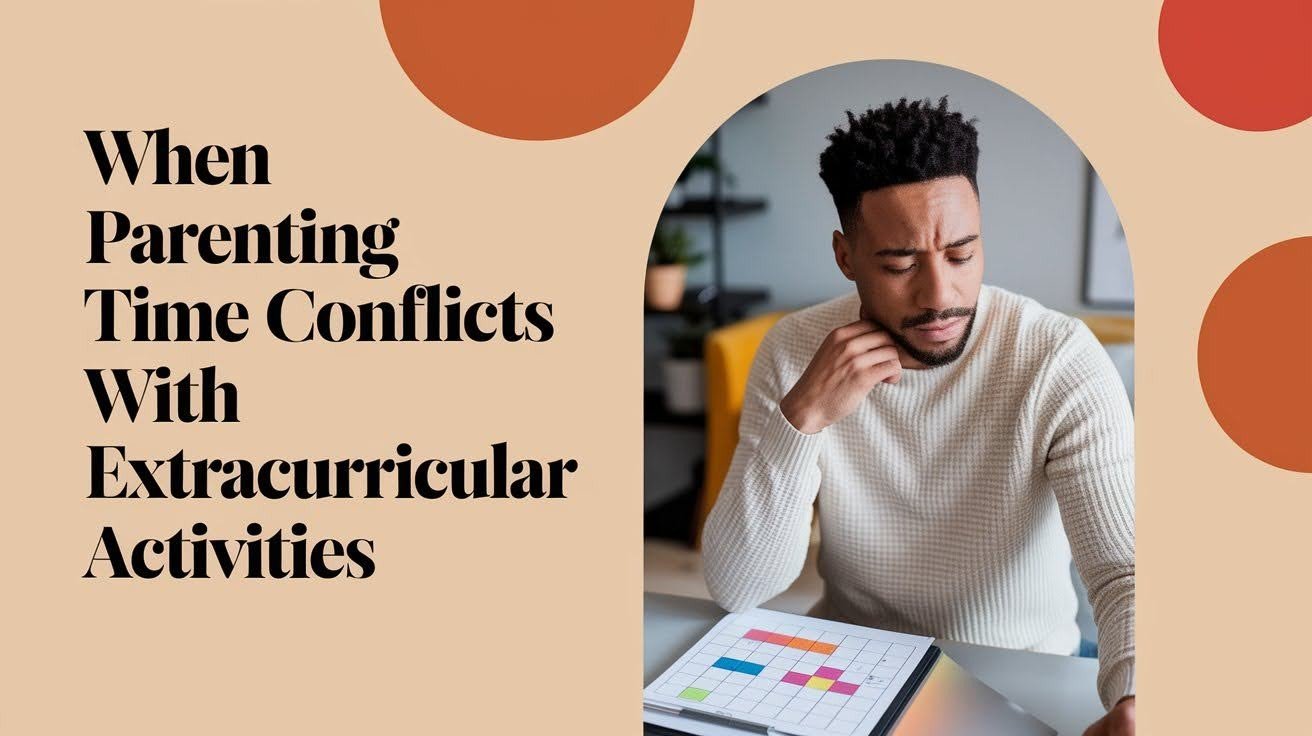Going through a separation is challenging enough, and adding parents into the mix can feel overwhelming. One of the most important conversations you and your children have is how to continue being good parents.
There are really two main ways divorced or separated parents handle this – co-parenting and parallel parenting. The truth is, there’s no single approach that works for everyone and for your children.
Co- parenting is effective when both parents can communicate calmly and respectfully. It involves making decisions together, sharing important information openly, some sometimes even participating in the family as a team.
Understanding Co-Parenting
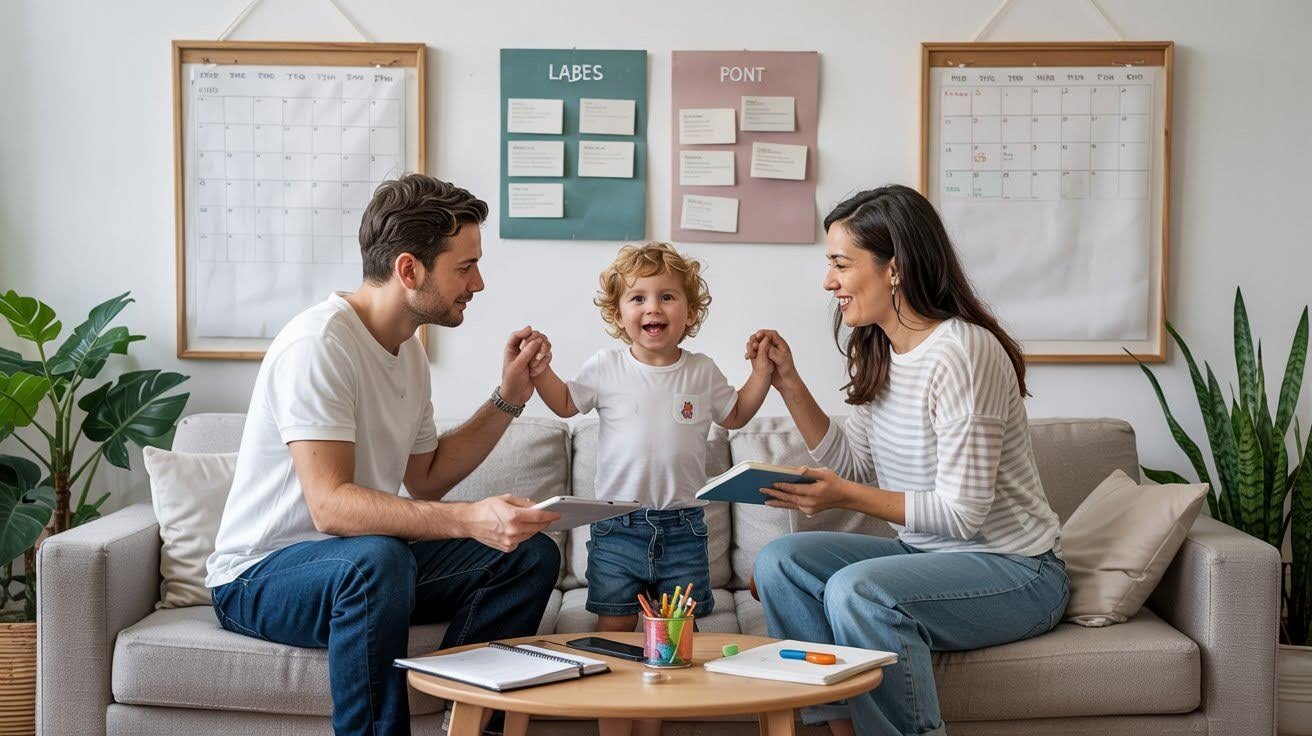
Co-parenting is a collaborative approach where separated or divorced parents work together to raise their children. It focuses on consistent routines, shared decision-making:
How Co-Parenting Works?
This collaborative approach requires both parents to stay actively involved in major decisions affecting their children’s lives.
Both parents participate equally in choices about education, healthcare, extracurricular activities, and religious upbringing. Regular communication helps coordinate schedules, share updates about children’s progress, and address any concerns quickly. Parents work together to solve problems rather than making independent decisions.
Weekly or monthly meetings help parents stay connected about their children’s changing needs. They share information about school performance, friend groups, behavioral changes, and developmental milestones. This teamwork approach ensures both parents stay informed and involved in their children’s daily lives.
Benefits of Co-Parenting
Co-parenting is a collaborative approach where parents work together to raise their children, providing stability, consistency, and support across both homes. Key benefits include:
- Children experience greater stability when both parents collaborate consistently.
- Kids follow similar rules and expectations in both homes.
- Consistency reduces confusion and behavioral problems.
- Children don’t have to adjust to completely different parenting styles every time they switch homes.
- This consistency helps children feel more secure during a difficult time.
- Children maintain strong relationships with both parents.
- Kids see their parents treating each other with respect.
- It provides a positive model for handling disagreements.
- A cooperative environment helps children adjust better to their new family structure.
When Co-Parenting Works Best?
Co-parenting is more likely to succeed when parents end their relationship on relatively good terms. They can separate romantic feelings from parenting responsibilities and prioritize their children’s needs. Mutual respect makes communication smoother and less stressful.
Parents who share similar approaches to discipline, education, and family values often work together more effectively. Consistency in parenting styles helps children feel secure and reduces confusion when moving between homes.
When both parents have aligned goals for their children, they can support each other’s efforts and present a united front on important decisions. This cooperative approach creates a stable, nurturing environment for children to thrive.
Understanding Parallel Parenting

Parallel parenting allows both parents to stay involved while maintaining necessary boundaries.
How does Parallel Parenting function?
This approach recognizes that some parents cannot work together directly but can still provide good care independently.
Each parent makes day-to-day decisions when children are in their care, including bedtime routines, meal choices, and recreational activities. Communication stays limited to essential information like pickup times, medical appointments, and school events. Parents avoid discussing personal topics or relationship issues.
Most communication happens through written methods like email, text messages, or parenting apps. This creates a record of important information and reduces opportunities for arguments. Emergencies require direct communication, but routine matters follow structured protocols.
Benefits of Parallel Parenting
This approach protects children from ongoing conflict between parents while maintaining relationships with both.
- Protects children from ongoing conflict between parents while maintaining relationships with both.
- Reduces children’s exposure to adult disagreements and power struggles.
- Less frequent parent interaction lowers the chances of arguments that upset children.
- Kids can enjoy time with each parent without worrying about tension or fighting.
- Structured boundaries create clear expectations for communication and decision-making, reducing confusion.
- Both parents can develop their own parenting styles without criticism or interference.
- Children learn to adapt to different environments, building flexibility, resilience, and the ability to adjust to varied situations.
When is Parallel Parenting Recommended?
Specific circumstances make parallel parenting the safer choice for families.
- High-conflict relationships: When parents cannot discuss children’s needs without arguing or becoming upset, parallel parenting prevents these harmful interactions.
- History of domestic abuse: Past physical, emotional, or psychological abuse makes close cooperation dangerous and inappropriate for everyone involved.
- Incompatible parenting styles: When parents have completely different approaches to discipline, values, or child-raising that cannot be resolved through discussion.
- Mental health concerns affecting co-parenting ability: Untreated mental illness, substance abuse, or personality disorders that interfere with healthy communication and decision-making.
What is Co-Parenting vs Parallel Parenting?
Co-parenting is a collaborative approach where separated or divorced parents actively communicate, make joint decisions, and share responsibilities in raising their children. It works best when parents can maintain respect, cooperate consistently, and agree on values and routines, providing children with stability and unified guidance.
Parallel parenting, on the other hand, is designed for high-conflict situations. Parents maintain minimal direct interaction, making independent decisions while ensuring children remain connected to both households. This approach protects children from tension and reduces exposure to disputes, allowing each parent to focus on their responsibilities without conflict.
Both approaches aim to meet children’s needs first. Choosing the right method depends on the family’s specific dynamics, conflict levels, and ability to cooperate, ensuring the best environment for children’s growth and well-being.
| Aspect | Co-Parenting | Parallel Parenting |
| Communication | Frequent and open communication about school, activities, health, and routines. Parents share updates and discuss concerns regularly. | Minimal and factual communication focused only on essential information. Personal or emotional discussions are avoided to reduce conflict. |
| Collaboration | Parents work together on decisions regarding children’s welfare, education, and extracurricular activities. Joint planning is common. | Parents make most decisions independently. Collaboration is limited to situations where children’s immediate needs require coordination. |
| Event Attendance | Parents often attend school events, activities, and meetings together to show unity and support. | Parents attend events separately whenever possible to minimize interaction and avoid conflict. |
| Decision-Making | Shared decision-making on major issues, including health, education, and lifestyle. | Independent decision-making within each household, focusing on consistency and children’s stability. |
Which Approach is Right for Your Situation?
Choosing the right parenting approach means matching your family’s needs to a method that ensures stability, reduces conflict, and supports your children’s emotional well-being. The goal is to create a safe, structured environment where kids can thrive:
Co-Parenting Suitability Checklist
You might succeed with co-parenting if you can discuss child-related topics without getting upset or angry. Both parents should be willing to compromise and put the children’s needs before their personal feelings. Similar values about discipline, education, and activities help create consistency.
Financial cooperation also matters for successful co-parenting. Both parents need to share information honestly and follow through on agreements. Trust and respect, even after separation, provide the foundation for this collaborative approach.
Parallel Parenting Indicators
Consider parallel parenting if conversations with your ex-partner usually end in arguments or hurt feelings. Past issues involving control, manipulation, or emotional abuse suggest this approach might work better for your family.
Different parenting philosophies that cause constant disagreement also indicate parallel parenting needs. If your children seem stressed or anxious when you and your ex-partner interact, creating distance might help them feel more secure.
Practical Tips for Effective Parenting Arrangements
Practical strategies can help parents create smooth and effective parenting arrangements that benefit both children and adults:
- Create a clear parenting plan: Outline custody schedules, holidays, and decision-making responsibilities to reduce confusion and conflicts.
- Include transportation and communication guidelines: Specify how children move between homes and how parents share updates to ensure smooth transitions.
- Define procedures for disagreements: Agree on methods for resolving conflicts to maintain consistency and protect children from tension.
- Seek professional guidance: Mediators provide neutral support to help parents make fair agreements and avoid costly legal battles.
- Be flexible with approaches: Adjust parenting styles as family dynamics and children’s needs change over time.
- Start with boundaries if needed: Parallel parenting can help during high-conflict periods before gradually moving to more cooperation.
- Regularly review arrangements: Check schedules and agreements periodically to ensure they continue to work for everyone involved.
Conclusion
Choosing between co-parenting and parallel parenting depends on your family’s needs and circumstances. Both approaches can work effectively when children’s best interests remain the primary focus.
Co-parenting works best for parents who communicate respectfully and share similar values. It provides consistency, unified support, and helps children adjust smoothly, but it requires ongoing cooperation and compromise from both parents.
Parallel parenting is ideal for high-conflict or safety-sensitive situations. It allows both parents to stay actively involved while protecting children from tension. Family circumstances can change, so professional guidance from counselors, mediators, or legal experts can help ensure your chosen approach supports children’s emotional well-being and stability.
Frequently Asked Questions
Can families switch from parallel parenting to co-parenting over time?
Absolutely, Many families gradually move toward co-parenting as trust grows and conflicts lessen. With patience, open communication, and sometimes professional guidance, parents can create a more cooperative environment that benefits both their children and themselves.
Which approach is better for young children under age 5?
Young children thrive on stability and predictability. The key is minimizing conflict and maintaining consistent routines across both homes. Whether parallel parenting or co-parenting, the focus should always be on creating a safe, secure, and nurturing environment.
How do parallel parenting families handle school events and activities?
Parents often attend events separately to avoid conflict, ensuring each remains actively involved. Schools usually support distinct communication or meetings, helping children feel celebrated and supported while reducing tension between parents during conferences, performances, or extracurricular activities.
Does parallel parenting mean one parent has less involvement with children?
Not at all. Parallel parenting ensures both parents stay equally involved and responsible. Parents simply operate independently to reduce conflict, maintaining strong bonds with their children while supporting routines, activities, and important decisions consistently in each household.
What happens if emergencies require immediate communication between parallel parenting families?
Emergencies always require direct communication regardless of parenting style. Families should create clear protocols in advance, so both parents can act quickly, keeping children safe, informed, and reassured during medical, safety, or urgent situations, without unnecessary conflict.


